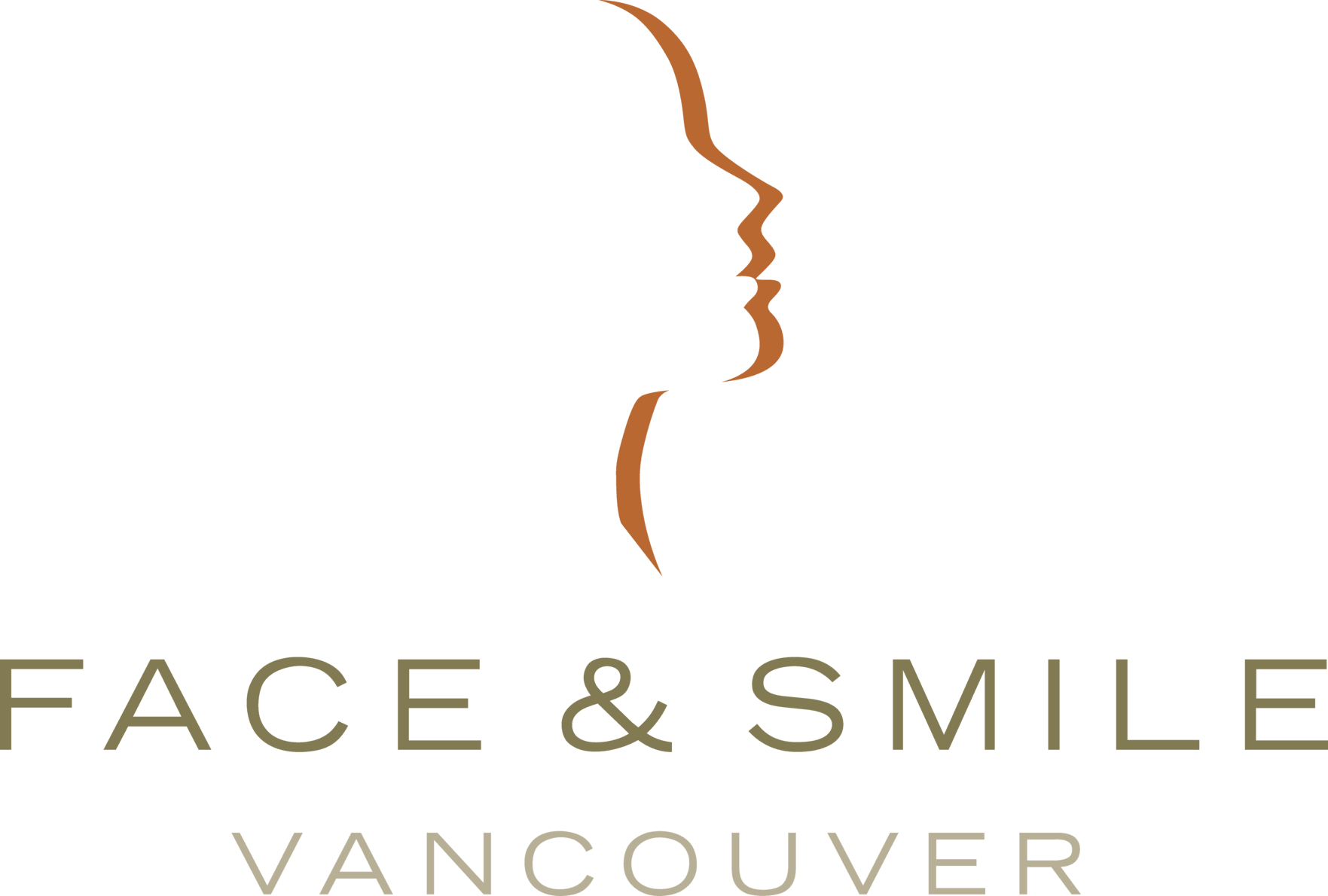Advanced Dental Technology In Port Coquitlam
Dental technology has introduced innovative advancements over the last few years, making dental appointments quicker and much more thorough. Some of the laborious tasks of dentistry have been simplified and the process for several of these duties has proven more efficient.
Technology has already altered our everyday lives at home and in the workplace, making it only a matter of time until modern developments changed how patients perceived a routine dental appointment. Here are the pieces of technology we have in our office. Our office employs hospital-grade sterilization, ensuring that instruments remain sterile until they are needed, prioritizing your safety.
We utilize advanced laser technology throughout our office to minimize post-visit discomfort. For tooth and gum preparations, we use the Waterlase MD from Biolase. Our dental hygienists use the EZ Lase from Biolase for reducing bacteria and gum pockets, and it also features a wand for biostimulation to alleviate TMJ pain.
To detect cavities before sealing, we rely on the DIAGNOdent from KaVo, which prevents any cavities from being trapped inside the tooth. For implant placements, we use NobelGuide from Nobel Biocare. This technology avoids cutting or stitching of the gums, reducing both pain and healing time. It allows us to place teeth within an hour, with patients often leaving with their new tooth in place. Our Adec dental chairs, renowned for their comfort, feature memory foam, individual TVs, and headphones to help you relax. To top off your visit, we offer hot towels for a refreshing finish.
